Nematanthus in Native Habitat
holly_c
18 years ago
Related Stories

GARDENING GUIDES15 Native Flowers That Feed Native Bees
These perennials offer superfood to hundreds of bees and are gorgeous in their own right
Full Story
INSPIRING GARDENSNative Plants Bring 10 Southern California Front-Yard Gardens to Life
Rare plants, rain gardens and wildlife habitats are just a few of the features showcased on the 2016 Theodore Payne Native Plant Garden Tour
Full Story
GARDENING FOR BUTTERFLIESBring on the Birds: Natural Habitat Ideas for Gardens of All Sizes
Provide nesting, watering and perching spots inspired by the Costa Rican jungle and watch the birds flock on over
Full Story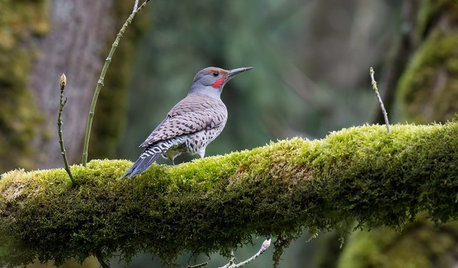
GARDENING GUIDESBackyard Birds: Healthy Home Habitats for Northern Flickers
These colorful woodpeckers found across the U.S. and Canada love berries, seeds and ants and often nest in deep burrows in trees
Full Story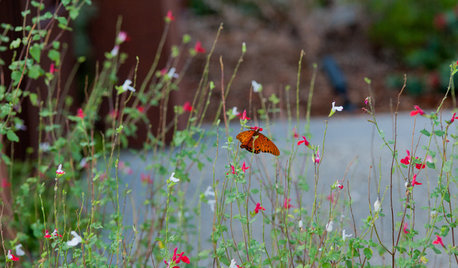
EARTH DAYCreate a Container Wildlife Habitat for Hummingbirds and Butterflies
Don’t let limited space prevent you from welcoming wildlife into your garden
Full Story
EARTH DAYHow to Design a Garden for Native Bees
Create a garden that not only looks beautiful but also nurtures native bees — and helps other wildlife in the process
Full Story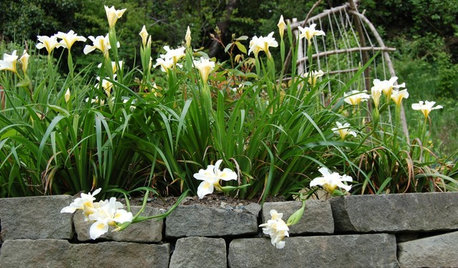
GARDENING GUIDESTop 10 Native Plants for the Pacific Northwest
More than just gorgeous and adaptable, these standout plants convey a sense of place
Full Story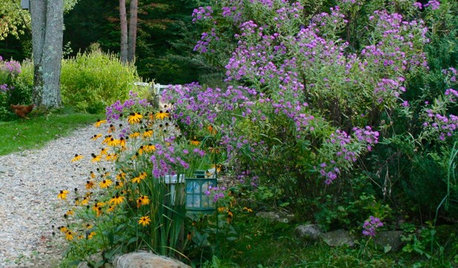
GARDENING GUIDESTop 10 Native Plants for the Northeast
For a low-maintenance, wildlife-friendly landscape, use native plants adapted to the climate and range of soils in the Northeast
Full Story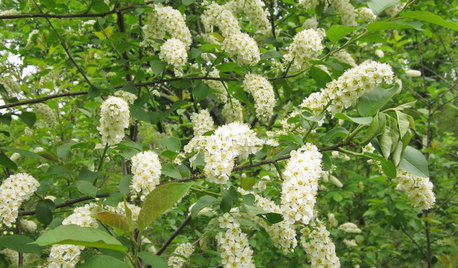
TREESNative Plant Alternatives to Invasive Common Buckthorn
Learn how to identify and control this aggressive plant, and what to grow in its place
Full Story
GARDENING GUIDES10 Top California Native Plants, Trees and Grasses
Enjoy a fuss-free, water-wise garden in the Golden State by growing plants naturally in tune with the climate and wildlife
Full Story





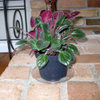
birdinthepalm
larry_b
Related Professionals
Eden Prairie Landscape Architects & Landscape Designers · Bowie Landscape Contractors · Fair Oaks Landscape Contractors · Fuquay-Varina Landscape Contractors · Middleton Landscape Contractors · New Braunfels Landscape Contractors · New Providence Landscape Contractors · North Plainfield Landscape Contractors · Petaluma Landscape Contractors · Wallingford Landscape Contractors · Lauderdale Lakes Landscape Contractors · Hawaiian Gardens Landscape Contractors · Panama City Siding & Exteriors · Point Loma San Diego Siding & Exteriors · Waldorf Siding & Exteriorsdma1979
birdinthepalm
dma1979
jon_d
holly_cOriginal Author
jon_d
holly_cOriginal Author